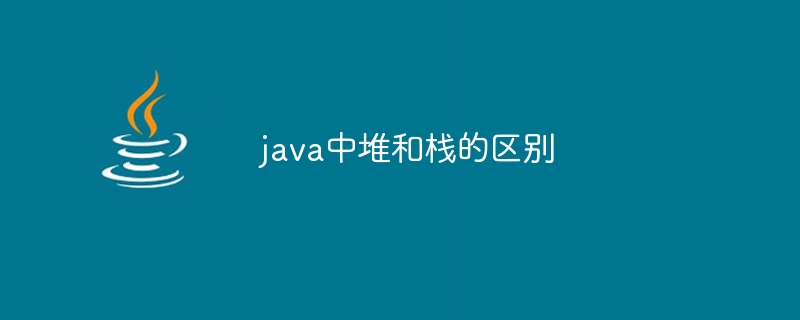Home >Java >javaTutorial >The difference between heap and stack in java
The difference between heap and stack in java
- 下次还敢Original
- 2024-04-26 01:09:13939browse
The stack stores local variables and method information, using the LIFO structure, with limited size; the heap stores objects and arrays, dynamically allocates space, and dynamically adjusts the size.

The difference between heap and stack in Java
Stack and heap are used to store data in Java and two main memory areas for objects.
Stack
- The stack is a memory area used to store local variables, method parameters and return addresses.
- The stack is a last-in-first-out (LIFO) data structure, which means that data added later is always the first to be removed.
- The stack is used to store data whose size can be determined at compile time, such as basic types and local variables.
- The stack size is limited and determined by the virtual machine (JVM).
Heap
- The heap is a memory area used to store objects and arrays.
- Heap is a dynamic area that allocates storage space. Objects are created and destroyed in the heap.
- Objects in the heap can be accessed by reference.
- The size of the heap is dynamic and can be adjusted according to the needs of the application.
Summary
- The stack is used to store basic types, local variables and method information.
- The heap is used to store objects and arrays.
- The stack is a LIFO structure and the heap is dynamically allocated.
- The size of the stack is limited, and the size of the heap is dynamic.
The above is the detailed content of The difference between heap and stack in java. For more information, please follow other related articles on the PHP Chinese website!
Statement:
The content of this article is voluntarily contributed by netizens, and the copyright belongs to the original author. This site does not assume corresponding legal responsibility. If you find any content suspected of plagiarism or infringement, please contact admin@php.cn
Previous article:What is the default value of boolean in javaNext article:What is the default value of boolean in java

